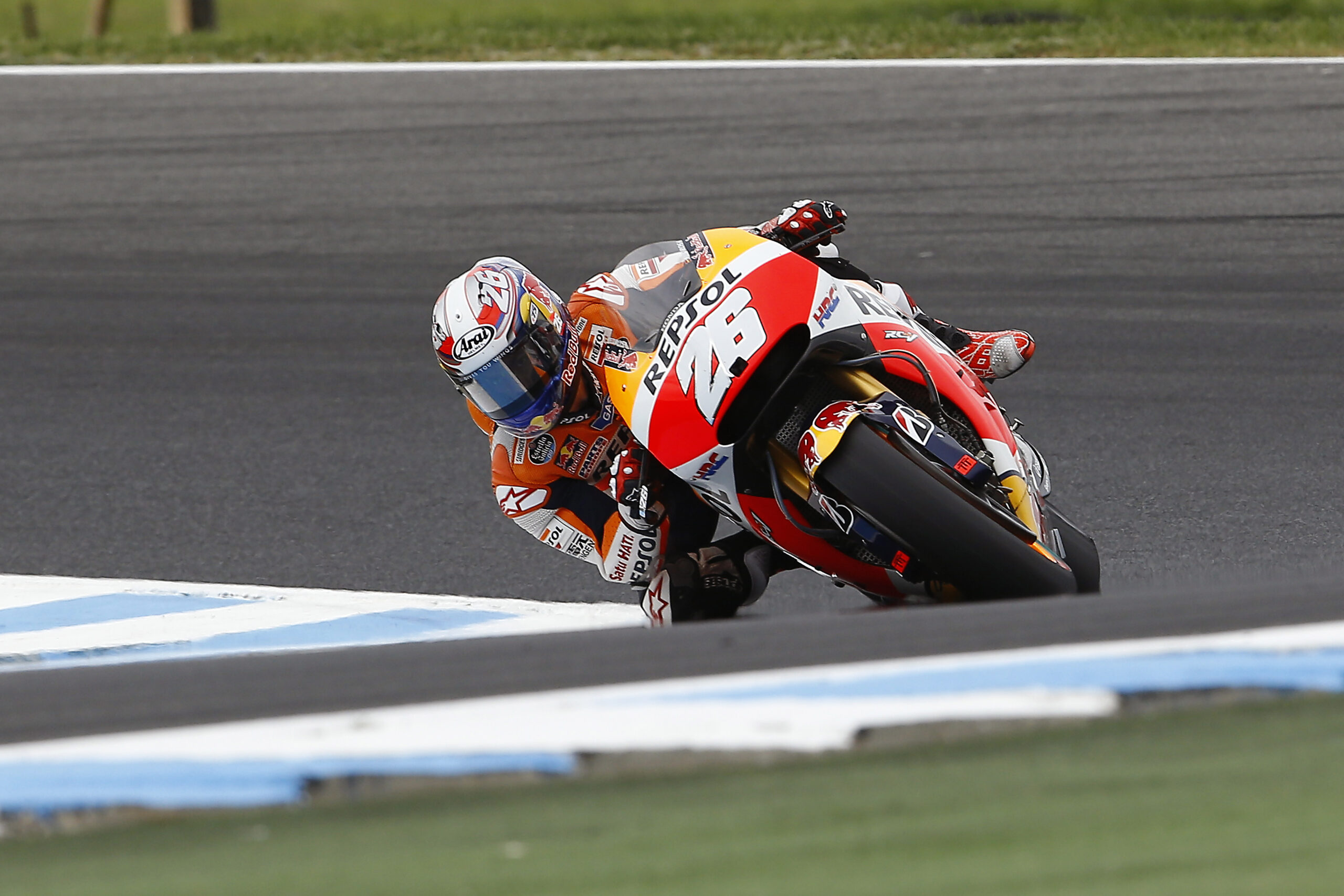Winds are also cold on Phillip Island, lowering the temperature on the track
Very high speed
With an average speed of over 110 miles/hour (180 km/h) under normal conditions, it’s the second fastest circuit of the World Championship after the Red Bull Ring. High speeds result in increased wear on the tyres, which makes the race more complicated towards the final laps.


Wear due to the asphalt
As well as the high speeds, the asphalt also causes tyres to wear more than normal. Phillip Island is a historical circuit that has been part of the World Championship since 1989, and the asphalt poses a particular challenge for tyre manufacturers. In 2016 and 2017, Michelin manufactured a specific compound for the circuit and it is hoped that this year another similar solution for this persistent problem will be presented.
Strong winds
As it is close to the sea, winds at the circuit can be very strong. These winds are also cold on Phillip Island, lowering the temperature on the track where they hit the hardest. That’s why there is little grip on certain sections of the track, while on others the asphalt is hard on the tyres. The winds don’t only pose a problem for the tyres — they also push the pilots when they’re very strong, forcing them to reduce their speed and causing them to move around the track.





Changeable weather conditions
We already know that the climate on Phillip Island is unique, as is the case with all the GPs of the Pacific tour, but this is especially true of Australia. The weather is completely unpredictable at this time of year and the blazing sun can give way to pouring rain in a matter of hours. This not only makes it difficult to develop the race strategy, but also means that the conditions of the asphalt can change.
The importance of tyres
To face up to these challenges, wheels with an asymmetrical tread pattern have been developed which are optimal for use in these conditions. At Phillip Island, the left side of the tyre is in contact with the asphalt and the right side takes the brunt of the cold wind a little like happens at Sachsenring. This means that the left side needs a hard surface to resist wear and the right sight needs to be softer in order to increase grip.





We will be able to enjoy the exciting race on this thrilling circuit from 26th to 28th October during the traditional Pacific tour. Keep up-to-date with all the latest on the GP on our portal and follow it live through our social network profiles and the Box Repsol app.


 Join Us
Join Us  Join Us
Join Us 